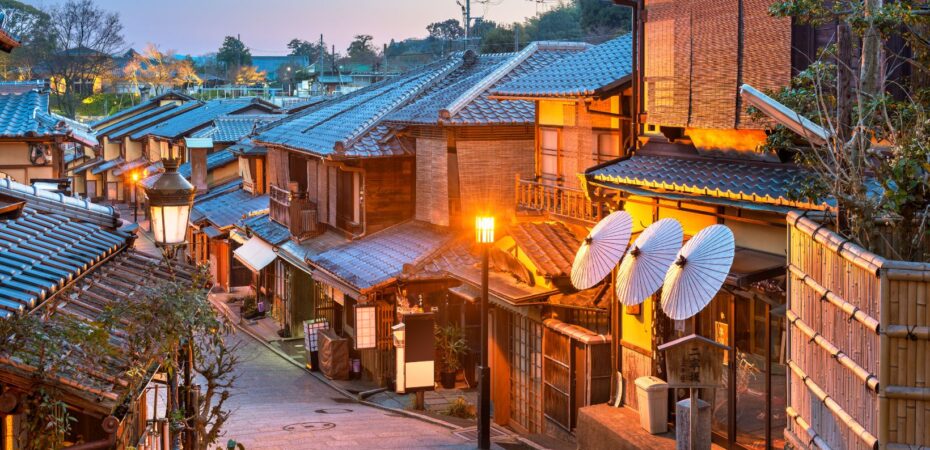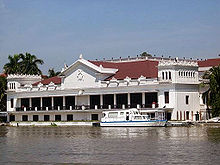It seems the Philippines has more to worry about besides terrorism threats and travel advisories from another six countries around the world telling travelers to pick a different destination. Japan has issued its own travel advisory warning against the threats posed by trips to the Philippines but for an entirely different reason. The Japanese government, through the Japanese Ambassador Makoto Katsura, said the advisory was meant to remind Japanese visitors to the Philippines to take the usual precautions as they risk being the victims of criminal activities, such as robbery and kidnapping.
It seems to be a regularly issued advisory for the Japanese embassy, looking to raise awarenes, especially near the end of the year, when large numbers of Japanese tourists travel to the Philippines.
“So we just ask them to take safety measures against any security concerns like robbery and kidnapping,” Matsura said.
He emphasized that his government’s advisory was “completely different in nature” to those issued by the United States, Australia, New Zealand, United Kingdom, Canada and France, all of them warning of an imminent terrorist attack.
Japanese Ambassador Matsura stated the embassy’s advisory did not discourage Japanese tourists from traveling to the Philippines. It only urged them to “take safety measures against any security concerns like robbery and kidnapping.”
“Our advice is quite different from them. We just remind them of the possible security (risks). We advise them to take precautionary measures,” Matsura said.
According to Japanese Embassy data, 360,000 Japanese tourists visited the the Philippines in 2009, with similar numbers for the past few previous years, reaching an yearly high of 400,000 travelers.




 By
By 







